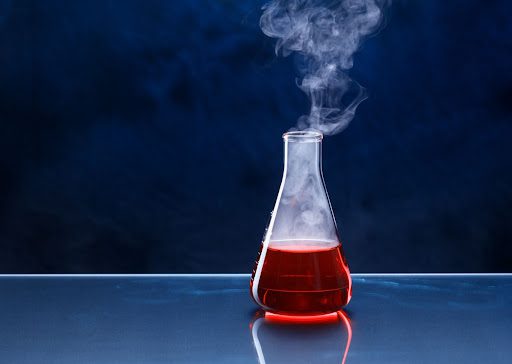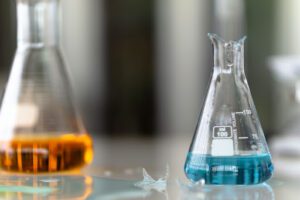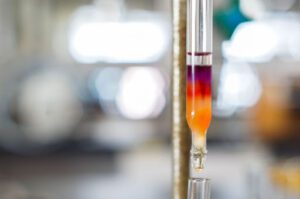
20
Oct '22

Why Is Thin Glassware Used in Labs for Heating?
Laboratory glassware fulfills a multitude of purposes for scientists, from condensation and substance mixing to cooling and heating — but why is thin glassware used in labs for heating purposes?
Glass can be damaged when exposed to uneven heating, so it may sound strange that thin glass is so commonly used. However, there are several very good reasons why thin glassware is used for heating. Here is an overview of why thin glassware is used in labs for heating purposes and how four varieties of glassware withstand high temperatures.
Why Is Thin Glassware Used in Labs for Heating Purposes?
First, the glass itself is used by scientists for many reasons. Because glass is primarily inert — it will not react with any of the substances it heats and contains. Otherwise, it would contaminate the substance and ruin the results. Another major reason why glassware is used is for its transparency, allowing chemists to observe the chemical reactions and experiments unobstructed.
However, why is thin glassware used in labs for heating purposes? It largely has to do with thermal shock, which is a phenomenon that happens when large temperature differences are present in the glassware. Also referred to as thermal fracturing, it causes the glass to crack and break when the heated area expands and the cool area contracts. Given how scientists will constantly be boiling and heating liquids, it is essential that lab glassware is able to withstand extreme temperature changes. Thinner glass resists thermal shock more than thicker glass, making it more resilient to temperature changes.
Types of Glassware Heated in Laboratories
One reason why thin glassware is used in labs for heating purposes is that glass is easy to mold into a variety of sizes and shapes. These distinct shapes help the glassware withstand freeze shock and high temperatures in other ways. If you are interested in acquiring heat-resistant glassware, here are four kinds you should consider:
Erlenmeyer Flasks
Erlenmeyer flasks have a conical shape that transitions into a more cylindrical neck. This dynamic shape and sealable bung allow it to better manage the heating process. It is among the most popular and widely-used laboratory glassware for its heat resistance and other features.
Florence Flasks
Also known as a boiling flask, the Florence flask is suitable for all heating applications. Its large bottom was specifically designed so it can be easily heated with a bunsen burner. Like many lab flasks, it is made with heat-resistant borosilicate glass to prevent cracking.
Round Bottom Flasks
Round bottom flasks are made with a spherical bottom that allows for more uniform heat distribution, resulting in less significant temperature changes. They are similar to Florence flasks in many ways, but Florence glassware has longer, wider necks.
Schlenk Flasks
Schlenk flasks are shaped like a pear with a neck stretched out vertically. Their sidearm allows them to release any gas or pressure produced during the heating process, making them a good fit for settings where high temperatures are needed.
If you are looking for high-quality glassware, then you can find it at At-Mar Glass. From solvent stills to angle ball joints, we offer a wide array of products for many different industries. Contact us today for more information.
Share:
Latest Post


Tips for Safely Disposing Broken Laboratory Glass

How to Properly Clean Laboratory Glassware

